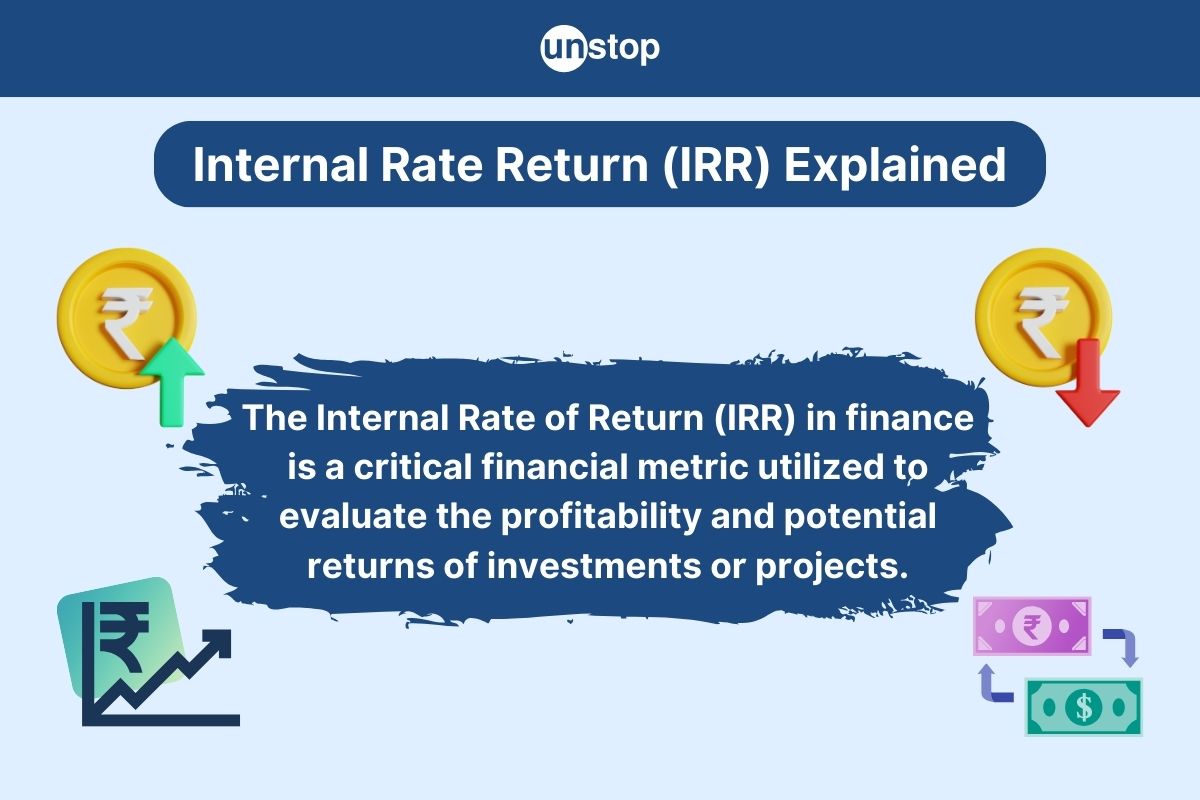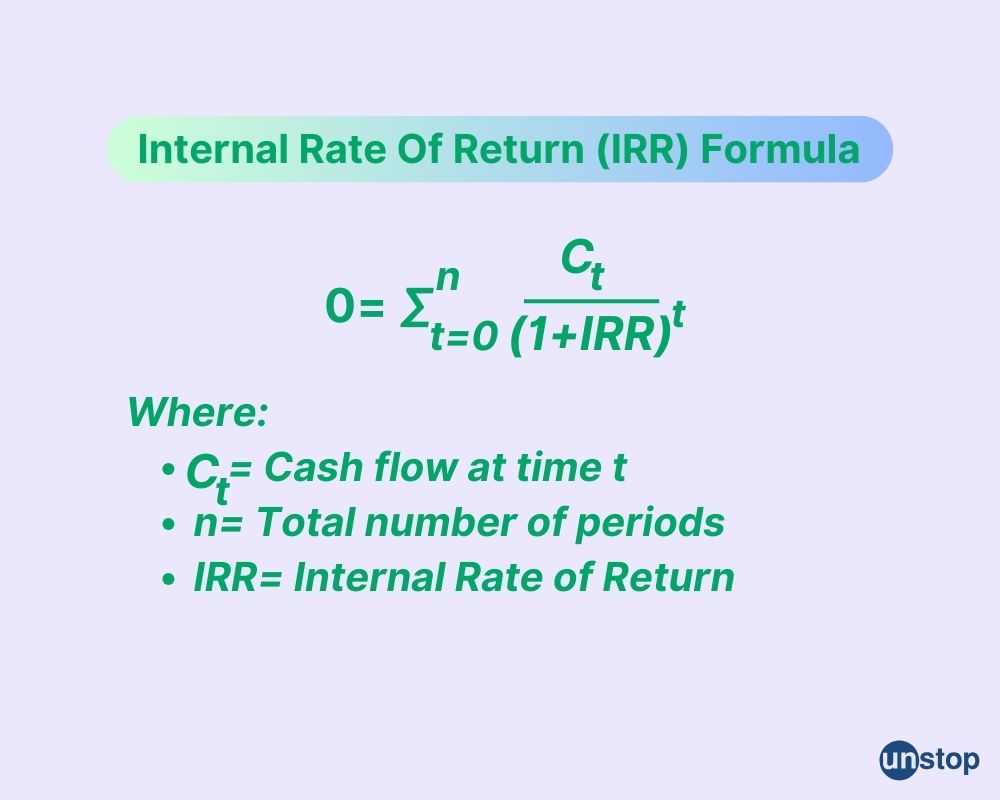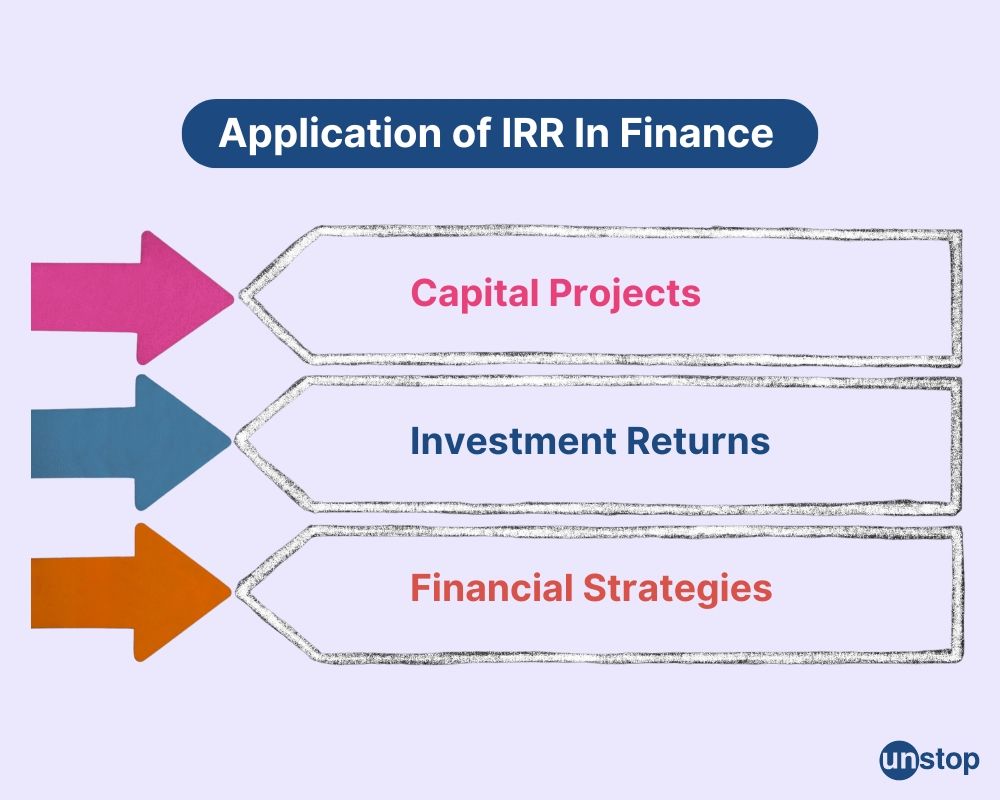- What Is Walter's Model Of Dividend?
- Key Concepts Of Walter's Model
- Dividend Policies
- Walter's Model Formula And Assumptions
- Model Limitations
- Conclusion
- Frequently Asked Questions
- Exploring Cash And Fund Flow
- Importance Of Cash & Fund Flow Statement
- Components Of Cash & Fund Flow Statement
- Exploring The Key Differences With Examples
- Significance And Application
- Advantages And Disadvantages
- Conclusion
- Frequently Asked Questions
- Definition Of Comparative Statement
- Types Of Comparative Statements
- Formulas For Comparative Statement
- Example Of Comparative Income Statement
- Preparing Comparative Statement
- Steps For Income & Balance Sheets
- Understanding Cash Flow Comparisons
- Practical Examples Explained
- Limitations And Considerations
- Conclusion
- Frequently Asked Questions (FAQs)
- Definition Of Dividend Decision
- Key Factors Influencing Dividend Decision
- Objectives Of Dividend Decision
- Theories And Determinants
- Policies Of Dividend Decision
- Conclusion
- Frequently Asked Questions (FAQs)
- Role of Fund Flow Statement Analysis
- Key Objectives of Preparing a Fund Flow Statement
- Importance of a Fund Flow Statement
- How to Prepare a Fund Flow Statement: A Step-by-Step Guide
- Fund Flow Statement vs. Cash Flow Statement
- How Fund Flow Analysis Empowers Investors and Management
- Limitations of a Fund Flow Statement
- Conclusion
- Frequently Asked Questions (FAQs)
- Definition Of Financing Decision
- Types Of Financial Decisions
- Examples Of Financing Decisions
- Key Factors In Financial Decision-Making
- Theories Of Financial Decision
- Analyzing Costs And Risks
- Evaluating Market & Regulatory Impacts
- Conclusion
- Frequently Asked Questions (FAQs)
- Definition Of Finance Function
- Core Components Of Finance Function
- Functions Of Financial Management
- Importance Of Finance Decision
- Scope Of Finance Function
- Objectives Of Financial Management
- Integrating Decisions Into Business Strategy
- Conclusion
- Frequently Asked Questions (FAQs)
- Definition Of Profit & Wealth Maximization
- Top 5 Key Differences Highlighted
- Calculation Method (Formula)
- Which Approach Is More Sustainable
- How It Impacts Different Stakeholders
- Role Of Decision-Making In Maximization
- Conclusion
- Frequently Asked Questions (FAQs)
- Definition Of Capital Structure
- Top 10 Factors Affecting Capital Structure
- Conclusion
- Frequently Asked Questions (FAQs)
- Defining Working Capital Cycle
- Importance Of Working Capital Cycle
- Components Of Working Capital Cycle
- Steps Of Working Capital Cycle
- Formula Used For Calculation
- Positive vs Negative Working Capital
- Reducing The Cycle
- Conclusion
- Frequently Asked Questions
- What is a Common Size Statement?
- Common Size Statement Format & Formula
- Common Size Statement Analysis
- Importance of Common Size Statement
- Difference Between Common Size and Comparative Statement
- Conclusion
- Frequently Asked Questions (FAQs)
- Definition Of Gordon Growth Model
- Formula & Example Of GGM
- Applications In Investment Valuation
- Gordon Growth Vs. Dividend Discount Model (DDM)
- Pros And Cons Of The Model
- Conclusion
- Frequently Asked Questions (FAQs)
- Definition & Concept Of Maximization
- Importance & Benefits Of Wealth Maximization
- Approaches & Challenges
- Wealth Maximization Vs. Profit Maximization
- Strategies To Implement Wealth Maximization
- Relation Of Psychological Aspects & Wealth
- Conclusion
- Frequently Asked Questions (FAQs)
- What Is Investment Decision? (Meaning)
- Key Factors Influencing Investment Decisions
- Importance of Investment Decision
- Exploring Capital Budgeting Methods
- Net Present Value Vs Internal Rate Of Return
- Addressing Inflation Effects
- Conclusion
- Frequently Asked Questions (FAQs)
- What Is Discounted Payback Period?
- Understanding The Basic Concept
- Formula & Calculation With Example
- Advantages, Disadvantages And Application
- Payback Vs. Discounted Payback
- Role & Influence Of Decision Rule Explained
- Conclusion
- Frequently Asked Questions (FAQs)
- What Is Working Capital Management
- Key Components Of Working Capital
- Importance Of Working Capital Management
- Working Capital Cycle & Formula
- Key Ratios In Working Capital Management
- Factors Influencing Working Capital
- Strategies For Working Capital Management
- Conclusion
- Frequently Asked Questions (FAQs)
- Meaning Of Financial Sources In Business
- Primary And Secondary Sources Of Finance
- Top 7 Sources Of Finance For Business
- Traditional Vs Modern Sources Of Finance
- Classification Of Finance Sources Based On Time Period
- Classification & Impact Based On Ownership
- Strategies For Choosing The Right Sources Of Finance
- Conclusion
- Frequently Asked Questions (FAQs)
- What Is Profitability Index?
- Key Features Of PI As A Financial Tool
- Profitability Index Formula
- How To Calculate Profitability Index
- Advantages & Disadvantages Of PI
- Conclusion
- Frequently Asked Questions (FAQs)
- What Is Annual Recurring Revenue?
- Importance Of ARR For Business Growth
- Formula And Steps To Calculate ARR
- Differences Between ARR and MRR
- Conclusion
- Frequently Asked Questions
- What Is Capital Budgeting?
- Types & Features Of Capital Budgeting
- Importance Of Capital Budgeting
- Methods Used In Capital Budgeting
- Capital Budgeting Process
- Capital Budgeting Vs. Operational Budgeting
- Conclusion
- Frequently Asked Questions (FAQs)
- What Is Financial Statement Analysis?
- Importance & Benefits
- Types Of Financial Statement Analysis
- Methods Of Financial Statement Analysis
- Steps In Financial Statement Analysis
- Conclusion
- Frequently Asked Questions (FAQs)
- What Is The Cost Of Capital?
- Key Components Of Cost Of Capital
- WACC & Formula
- Factors Influencing Cost Of Capital
- Role Of Cost Of Capital In Financial Decisions
- Role In Investment Decisions & Mergers
- Impact On Business Operations & Strategies
- Conclusion
- Frequently Asked Questions
- What Is Internal Rate Of Return (IRR) In Finance?
- Key Concepts Of IRR
- Formula To Calculate Internal Rate Of Return
- Applications Of IRR In Finance
- Limitations & Challenges Of IRR
- Conclusion
- Frequently Asked Questions (FAQs)
- What Is Cost of Equity?
- Key Factors Affecting Cost Of Capital
- Role Of Cost Of Equity In Finance
- Methods to Calculate Cost of Equity
- Formula Of Cost Of Equity
- Components Of Cost Of Equity
- Cost Of Equity Vs. Related Financial Concepts
- Conclusion
- Frequently Asked Questions (FAQs)
- What Is Ratio Analysis?
- Importance Of Ratio Analysis
- Types Of Financial Ratios Analysis
- Methods Used To Conduct Ratio Analysis
- Applications And Examples
- Conclusion
- Frequently Asked Questions (FAQs)
- What Is Net Present Value (NPV)?
- Why Use NPV? Top 5 Benefits
- NPV Formula Explained
- Steps To Calculate NPV With Example
- Positive Vs. Negative NPV
- Advantages And Disadvantages Of NPV
- NPV Vs. Other Financial Metrics
- Conclusion
- Frequently Asked Questions
- What Is The Time Value Of Money?
- Time Value Of Money Formula
- Importance Of Time Value Of Money
- Methods & Techniques Of Time Value of Money
- Relationship Between Opportunity Cost And Time Value
- Inflation's Impact on Time Value
- Conclusion
- Frequently Asked Questions (FAQs)
- What Is Financial Management?
- Types of Financial Management
- Importance of Financial Management
- Key Functions Of Financial Management
- Best Practices For Financial Management
- Conclusion
- Frequently Asked Questions
- What Is Leverage In Financial Management?
- Types Of Leverage In Financial Management
- Financial Leverage Formula
- Risks & Benefits Of Financial Leverage
- Conclusion
- Frequently Asked Questions
- What Is A Dividend?
- Types Of Dividends
- Dividend In Financial Management
- Examples Of Dividend
- Impacts Of Dividends On Share Prices
- Reasons Companies Pay or Not Pay Dividends
- Conclusion
- Frequently Asked Questions
Internal Rate Of Return (IRR): Definition, Calculation, And More

By calculating the IRR, you can determine whether a project meets your required return rate. This tool simplifies decision-making and enhances investment strategies. Understanding IRR empowers you to make informed choices that align with your financial goals.
Grasping this concept is essential for anyone aiming to maximize their returns in today's competitive market. Let's dive into why IRR matters and how it can transform your investment approach.
What Is Internal Rate Of Return (IRR) In Finance?
The Internal Rate of Return (IRR) in finance is a critical financial metric utilized to evaluate the profitability and potential returns of investments or projects. It signifies the discount rate that makes the net present value (NPV) of all cash flows—both inflows and outflows—from a specific investment equal to zero.
Key Concepts Of IRR
Let us study the key concepts of the Internal Rate of Return:
Cash Flows: The initial expenditure or cost incurred at the project's outset. (Initial Investment). Periodic inflows (revenues, returns) and outflows (operational costs, maintenance) throughout the investment's life. (Ongoing Cash Flows)
Net Present Value (NPV): NPV is the sum of the present values of all associated cash flows, discounted at a specified rate. For IRR, this rate sets the NPV to zero.
Discount Rate: The IRR itself is the discount rate that equates the present value of future cash flows with the initial investment, representing the project's expected annualized rate of return.
Formula To Calculate Internal Rate Of Return
IRR is derived from the following formula, setting the NPV to zero:

This equation typically requires iterative methods or financial calculators for solutions, as it lacks a straightforward algebraic approach.
Interpretation Of Internal Rate Of Return
Comparison with Required Rate of Return: If the IRR exceeds the required rate of return or the cost of capital, the investment is considered favourable, indicating it is expected to generate more value than its cost.
Conversely, if the IRR is below the required rate of return, the investment may be deemed unfavourable, failing to meet the minimum acceptable return.
Ranking Projects: IRR is useful for comparing and ranking multiple projects or investments. Generally, projects with higher IRRs are preferred, assuming other factors are equal.
Limitations
Multiple IRRs: Projects with unconventional cash flows (i.e., alternating periods of positive and negative cash flows) can result in multiple IRRs, complicating interpretation.
Reinvestment Assumption: The internal rate of return (IRR) calculation assumes that any cash flows received before the final return are reinvested at the same rate as the IRR itself. However, this assumption may not always reflect reality.
Scale of Investment: IRR does not account for the scale of the investment. A smaller project might have a higher IRR but offer a lower overall return compared to a larger project with a lower IRR.
Practical Use Of Internal Rate Of Return
Capital Budgeting: Widely used in capital budgeting, IRR helps evaluate and compare the profitability of potential investment projects.
Private Equity & Venture Capital: Investors in these fields leverage IRR to assess the potential returns of startups and high-growth ventures.
Real Estate: Real estate investors utilize IRR to gauge the viability and expected returns of property investments.
Applications Of IRR In Finance
Let us study some of the practical applications of IRR in finance:

Capital Projects
Companies use the internal rate of return (IRR) to assess potential capital projects. This metric helps determine if a project will generate enough positive cash flows to justify the investment. A project is often accepted if its IRR exceeds the company's required rate of return.
For instance, if a company expects an IRR of 15% on a new factory, it compares this with its cost of capital. If the cost is lower, the project may be approved.
Investment Returns
IRR plays a crucial role in evaluating investment returns. Investors look at IRR to gauge how well their investments perform over time. It provides a clear picture of expected cash inflows from dividends or sales.
For example, an investor might analyze several stocks using IRR examples to identify which ones offer better returns.
Financial Strategies
Determining the feasibility of various financial strategies also relies on the internal rate of return. Companies can compare multiple IRRs when assessing different projects.
They analyze cash flow analysis to see which option yields the highest return. This method aids in making sound financial decisions and prioritizing capital budgeting projects.
Challenges Of IRR
Let us look at some of the limitations and challenges of IRR:
Assumptions
IRR calculations often rely on assumptions about reinvestment rates. This means that it assumes cash flows will be reinvested at the same rate as the IRR itself.
In reality, this is rarely the case. Different opportunities may offer varying rates of return. This can lead to misleading results when evaluating an investment.
Misinterpretations
People frequently misinterpret IRR when comparing projects of different scales. A project with a high IRR might seem more attractive.
However, if it requires a small investment, its total profits could be much lower than a larger project with a lower IRR. This creates confusion in decision-making.
Complementary Metrics
Using IRR alone can be risky. Metrics like Net Present Value (NPV) provide additional context. They help evaluate the overall profitability of an investment.
Combining these metrics allows for a clearer picture of potential outcomes. For example, a project with a high IRR but a negative NPV may not be worth pursuing. Thus, relying solely on one metric can lead to poor choices.
Conclusion
Understanding the internal rate of return (IRR) is crucial for making informed investment decisions. It helps you evaluate potential projects and compare them with other financial metrics. While IRR has its limitations, knowing how to calculate and apply it effectively can enhance your financial strategy.
Take charge of your investments by mastering IRR. Dive deeper into your financial education and leverage this knowledge for better outcomes. Start analyzing your projects today, and watch your investment approach transform.
Time For A Short Quiz
Frequently Asked Questions (FAQs)
What is IRR in finance?
IRR is a critical financial metric utilized to evaluate the profitability and potential returns of investments or projects.
How is IRR calculated?
IRR is calculated using the formula where NPV equals zero. You can use financial calculators or spreadsheet software like Excel with the IRR function for accurate results.
Why is IRR important in finance?
IRR helps investors evaluate the efficiency of an investment. If the IRR is high, it indicates a more profitable investment, making it easier to compare different projects.
Can IRR be negative?
Yes, IRR can be negative if the project's cash outflows exceed inflows. This situation indicates that the investment may not be viable.
What are some limitations of using IRR?
IRR assumes reinvestment at the same rate and can give misleading results for non-conventional cash flows. It's essential to consider other metrics alongside IRR for comprehensive analysis.
Suggested reads:
Instinctively, I fall for nature, music, humor, reading, writing, listening, traveling, observing, learning, unlearning, friendship, exercise, etc., all these from the cradle to the grave- that's ME! It's my irrefutable belief in the uniqueness of all. I'll vehemently defend your right to be your best while I expect the same from you!
Login to continue reading
And access exclusive content, personalized recommendations, and career-boosting opportunities.
Subscribe
to our newsletter
















Comments
Add comment